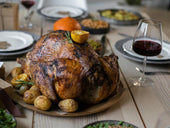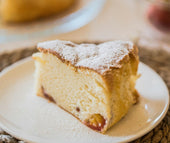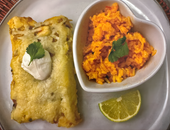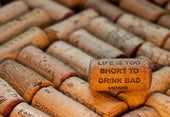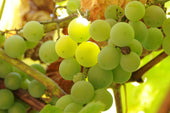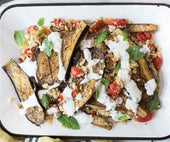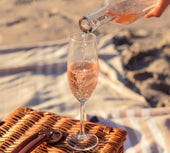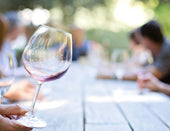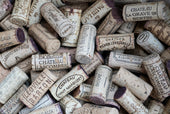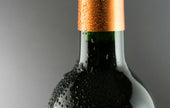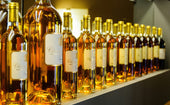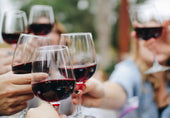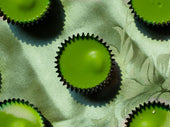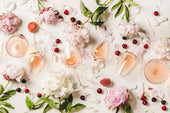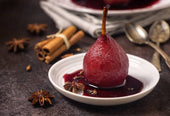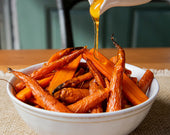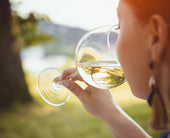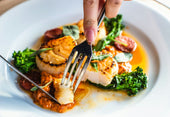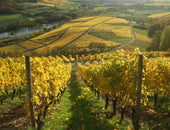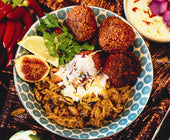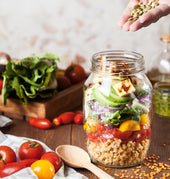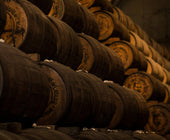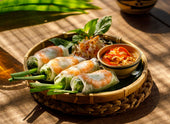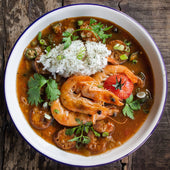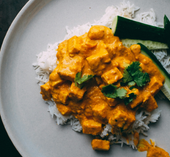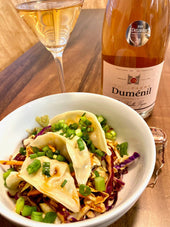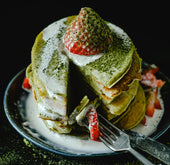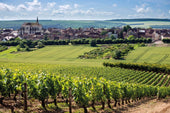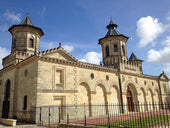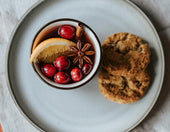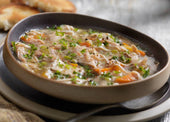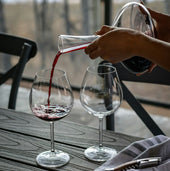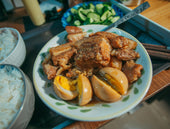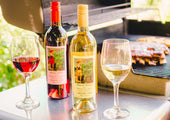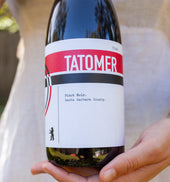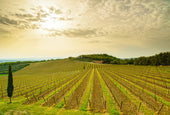
Delicate Wines Made by Daring Women Part I

Historically, men have dominated the field of winemaking. When it comes to champagne, it is surprising that women have been pivotal in transforming the beverage from an overly sweet, cloudy carbonated dessert wine to the glamorous, sparklingly-clear champagne celebrated today.
Some aspects of champagne’s Methode Traditionnelle can be traced directly to the Grandes Dames de Champagne—the women who seized the reigns of champagne houses through inheritance and bravado.
Les Grandes Dames
In 19th-century France, women could not own a business without the permission of their husband or father unless they were widowed. The widows who controlled champagne houses in that era had a splash of je ne sais quoi that led to their success.
Barbe-Nicole Clicquot-Ponsardin: The original veuve (widow), behind Veuve Clicquot lost her husband in 1805 at age 27. Her unorthodox decision to run her husband’s champagne house launched her on a journey that resulted in major innovations to making and marketing champagne.
When Mme Clicquot took over leadership, she looked for ways to improve champagne’s cloudy appearance—a result of the lees (the dead yeast cells resulting from champagne’s second fermentation and the source of the bubbles). Realizing that the lees would be easier to remove if they were near the entrance of the bottle, Mme Clicquot invented a way to gradually turn the champagne bottles upside down. She instructed her winemaker to “riddle” the surface of her kitchen table with holes to support inverted bottles. This innovation led to the riddling rack, a wooden a-frame rack with multiple angled holes. Riddling racks are still in use at boutique champagne houses.
Mme Clicquot is also credited with releasing the first vintage champagne—made from the harvest of a single year—and rosé d’assemblage, a method of blending red and white still wines to make rosé. To this day, the Champagne AOC is the only French region to permit this method of making rosé.
The Napoleonic Wars caused financial hardship and interrupted trade for Veuve Clicquot. In 1814, with peace imminent, Mme Clicquot wanted her champagne to be first into the Russian Empire. Evading blockades, she shipped her product to Amsterdam and introduced it immediately after the peace. She beat her competitors to the mark by several weeks and captured the Russian market in three months’ time.
Louise Pommery: Mme Pommery took over leadership of Champagne Pommery in 1860 when her husband passed shortly after its founding. Only 39, and mother to a young teen and an infant, she managed to grow Champagne Pommery’s production from 40,000 bottles to over 2 million per annum over the course of the next 40 years. Along the way, she introduced the concept of “champagne tourism,” laid siege to the English market, and pioneered the use of caves to age champagne.
Champagne Pommery had a storage problem, so Mme embarked on a large-scale estate expansion. She purchased the ancient Roman chalk pits under the city of Reims and employed miners to transform them into interconnected galleries. The naturally cool and temperature-controlled caves were perfect for aging champagne. She opened her estate to tourists and decorated these galleries with sculptures for the enjoyment of visitors.
In the 1870s, Mme Pommery developed the “brut” style of champagne, with little or no residual sugar, to appeal to the drier English palate. Her hunch paid off: Pommery Nature 1874 held a 30-year record for the highest priced champagne sold in London.

Patty Lyn Tweten is a writer, graphic designer and Pinot Noir vineyard owner. Working exclusively in the wine industry, her writing inspiration comes from visual design work and her own front yard. Website Facebook Instagram Linkedin

